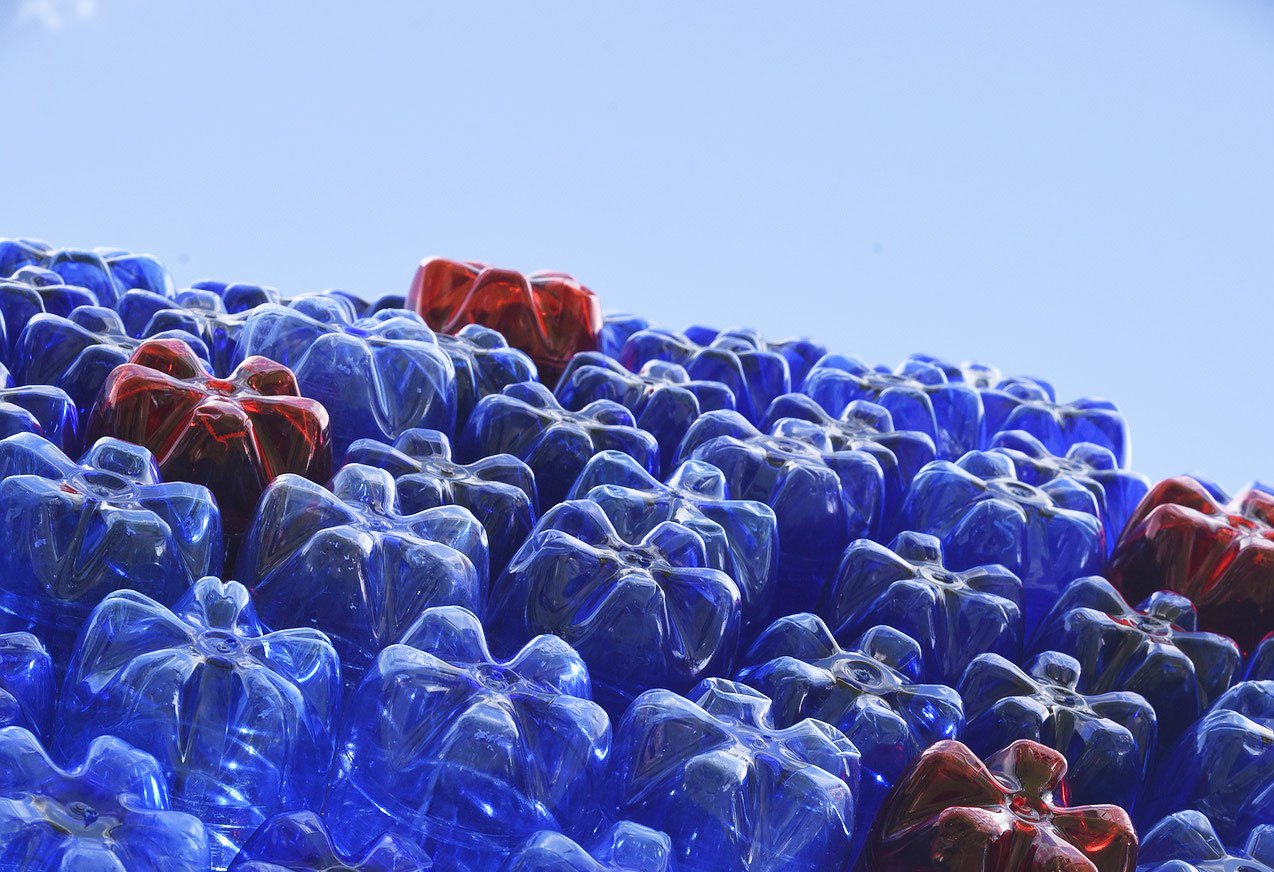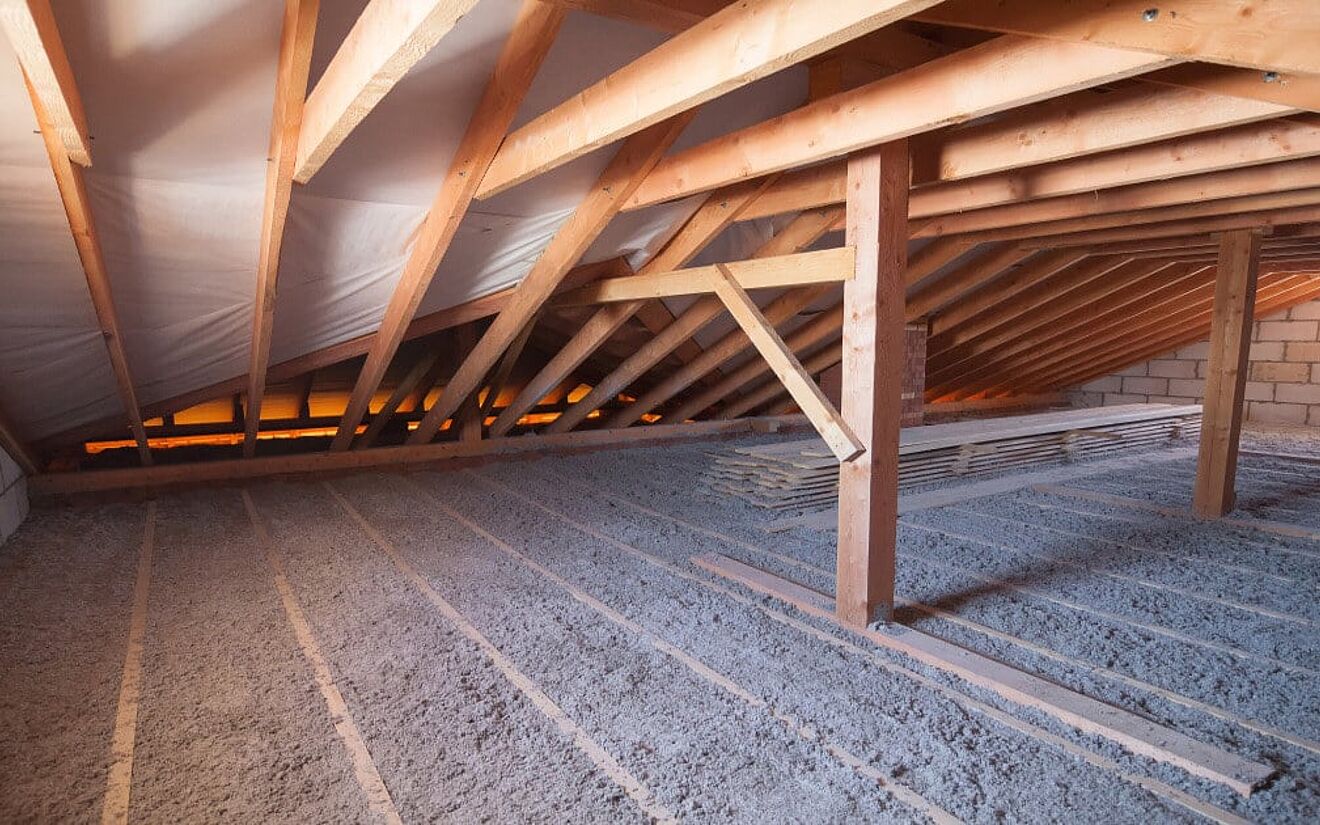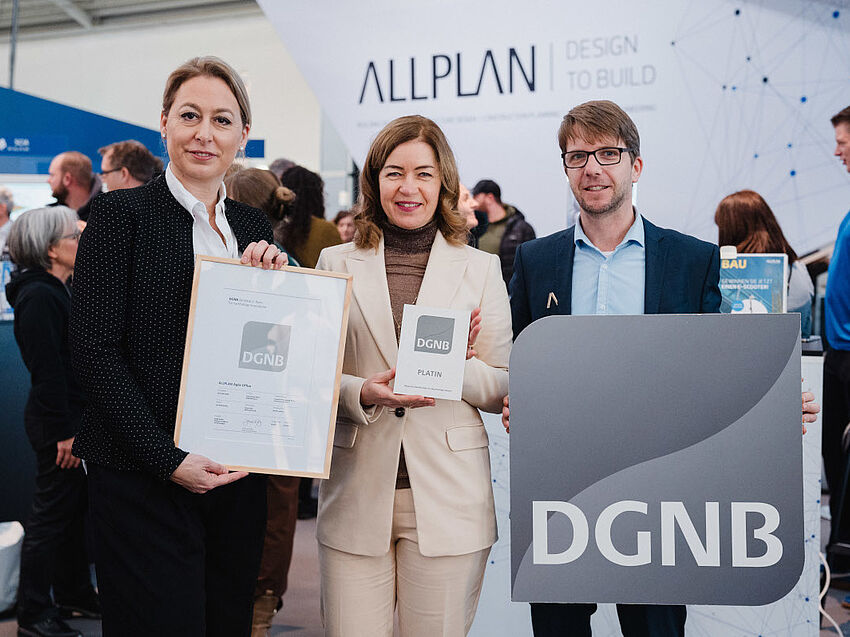Building a Greener Future: How ALLPLAN is Leading the Way in Sustainable Practices
A sustainable building culture also looks for environmentally-friendly alternatives when it comes to insulation material. That is why natural insulation material is enjoying increased popularity. It is produced from renewable resources in a less energy-intensive process. From an environmental standpoint, recycled insulation materials go a step further, which are 100% made from recycled material. The energy consumption during their production is usually less than in the production of conventional insulation materials, which has a positive effect on their environmental footprint. All of these insulation materials are characterized by their very good insulation properties. Many are cheaper than the traditional options. We will present tried-and-true materials for sustainable and environmentally-friendly insulation to you.

Environmentally-friendly insulation made from PET bottles
In the early stages of material recycling of used plastics, the possible applications were still little researched and not as broadly established as they are today. Recycled products were only made in a relatively limited field: A classic example of this are park benches. With products such as thermal insulation from old PET bottles, the ecological sense of plastics recycling is indisputable today. The recycled insulation material consists of polyester fibers that are thermally strengthened at 170°C. Production does not require the addition of chemical or organic binding agents. The recycled material can be use as thermal and sound insulation for pitched roofs, attics, ceilings and wall structures. It is breathable, dimensionally-stable and emission-free. PET insulation is 80 percent recycled fibers. A total of 6,000 used PET bottles now have a new use in a single-family home.
From waste paper to insulation material
Cellulose fibers are also a classic among recycled products. Cellulose is a major component of plant walls and is used to produce paper. Cellulose can be recovered from the plant walls and reprocessed. In Scandinavia, old newspapers have been recycled in an environmentally-friendly manner for 100 years. However cellulose is now very popular here as an environmentally-friendly insulating material. It is not only marked by a good thermal insulation and heat storage capability. Its high density and high volume weight also make it into good insulation in the summer. Boric acid or ammonium phosphate is added because pure cellulose is flammable. An additive protects against mold and pests. Cellulose is introduced into hollow cavities in the form of flakes – for roof insulation or in wooden wall structures. Alternatively, there are plastic-reinforced, flexible panels for rafter insulation or floor slabs. Spray cellulose insulation is relatively new and interesting for the interior insulation of historical buildings.
Thermal insulation made of glass
Resistant to aging, pest-resistant and non-flammable: Recycled glass is the ideal insulation material. In the form of foam glass ballast, it is easy to handle, versatile in use and a low-cost alternative to conventional building materials. Waste glass is ground into glass powder, heated with the addition of binding agents and blown up to about 900°C and cooled quickly. This results in a glass foam granulate in approximately five-centimeter long pieces, which combine the physical properties of glass and air: It has a high load-bearing capacity and the many hollow cavities give it a very good thermal effect with a very low bulk weight of 130 to 170 kg per cubic meter. It can therefore be used on the one hand under floor slabs, while on the other hand it is suitable for the insulation of roofs and ceiling structures.
Jute: Natural insulation material as a recycled material
Natural insulation materials provide a healthy indoor climate. When used in recycled products, they make even more ecological sense. Convincing example: Thermal insulation from used jute sacks. The bags are broken down into their individual fibers, provided with PET-based polymeric support fibers and sodium carbonate for fire protection and used as mats, rolls or stuffing. The amount of recycled jute fibers in the finished product is between 85 and 90 percent. Jute insulation is suitable as inter and sub-rafter insulation, for insulating exterior and interior walls in timber frame construction and as external insulation behind facade trim. It is resistant against mold and also protects against the heat in the summer.
Old newspapers and transport bags,flax and seaweed, sheep wool insulation, architecture made from fungus – ecological insulation and organic materials are changing the building culture. The continued development remains exciting.




